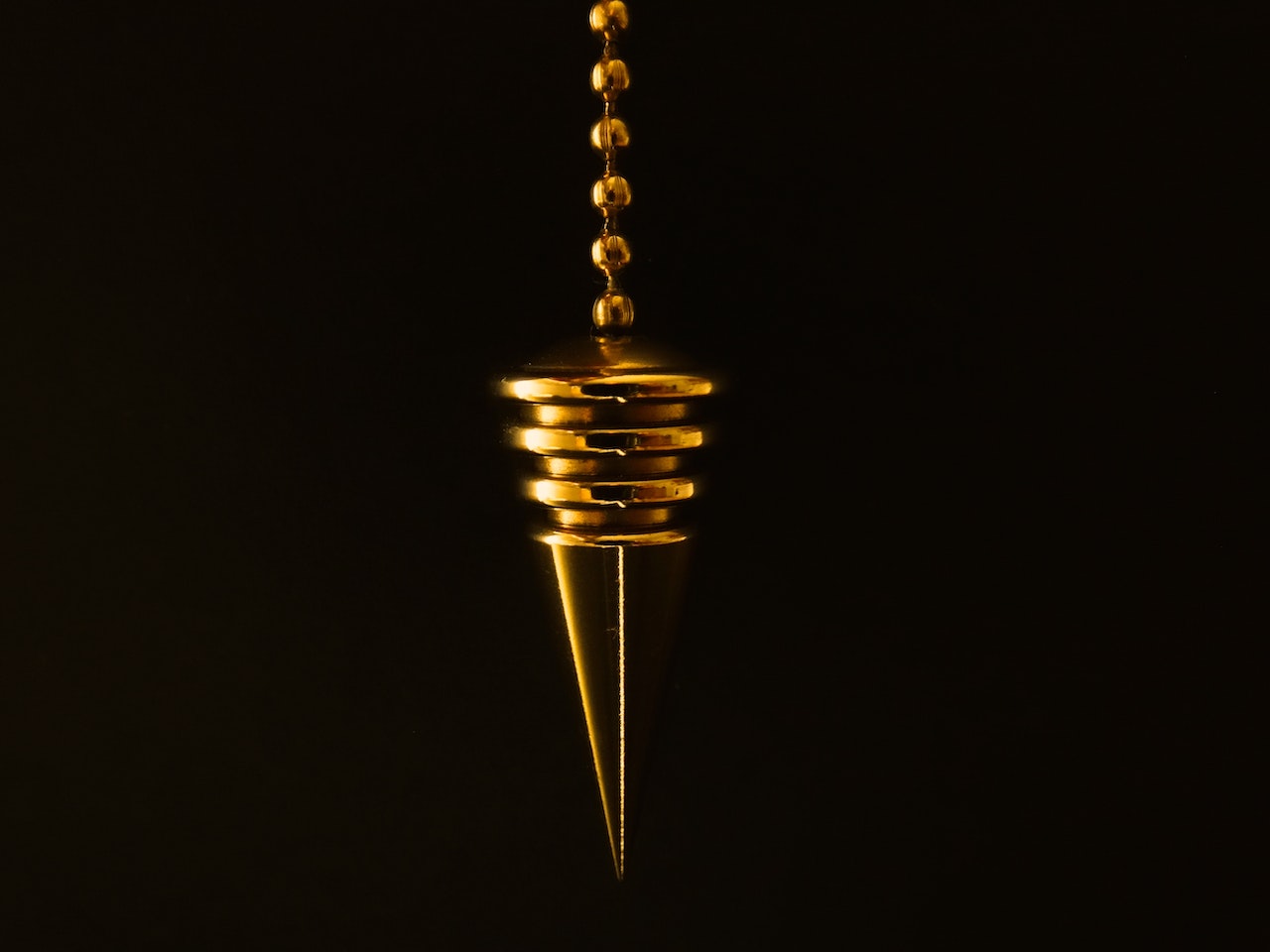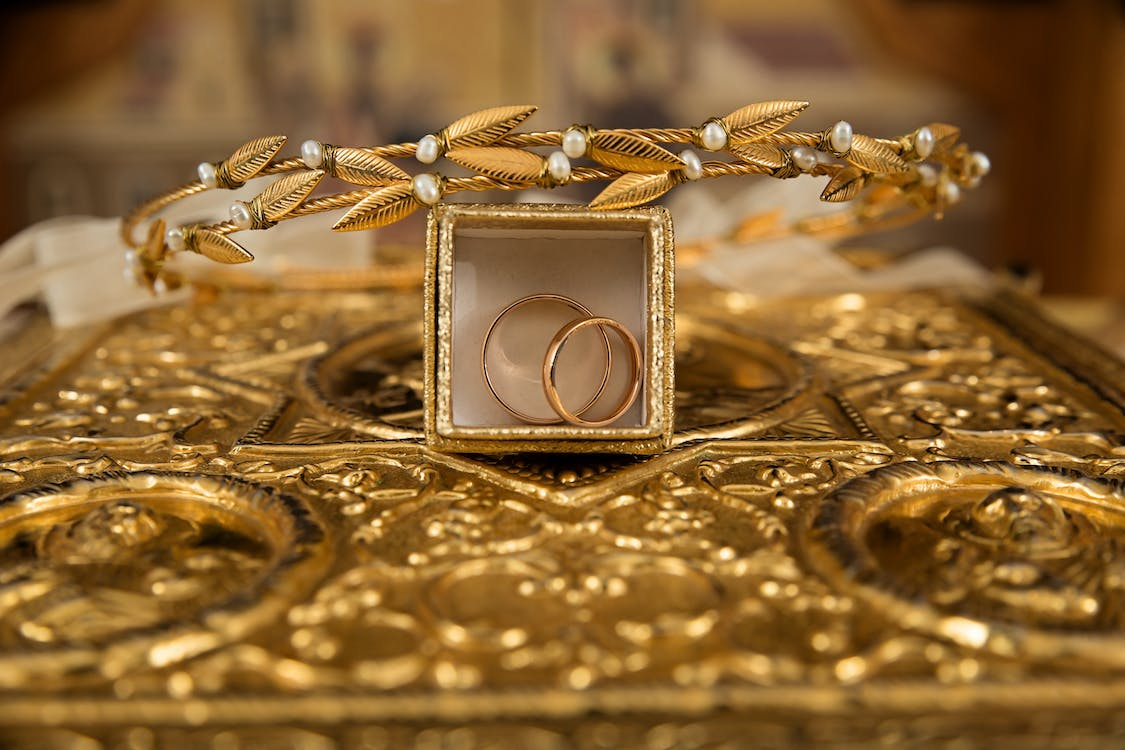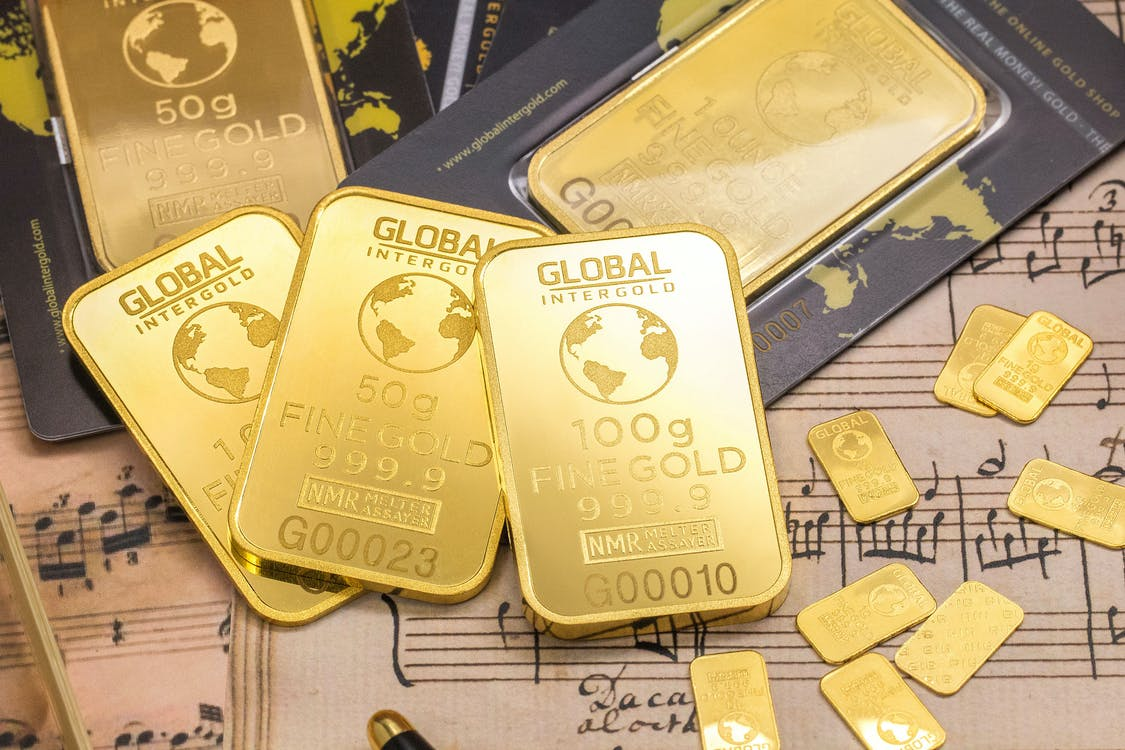Comments
- No comments found

Precious metals are a hot commodity right now, and with the price of gold and silver reaching all-time highs, it's no wonder that counterfeiters are cashing in on the trend.
It can be difficult to tell the difference between an original precious metal and a counterfeit, but with a little bit of knowledge, you can protect yourself from being taken advantage of. In this blog post, we will discuss how to distinguish original precious metals from counterfeits. Stay safe and don't get scammed!

One of the most reliable ways to distinguish original precious metals from counterfeits is to look for hallmarks. Every genuine piece of jewelry or bullion should have a hallmark that contains information about the metal's purity and origin, along with a symbol that identifies the maker or seller. A simple 50 dollar gold coin, per say, will have a "1 oz Au 9999" hallmark, meaning it is made of one troy ounce of 99.99% pure gold. If the piece doesn't have any hallmarks, then it may be counterfeit. For example, gold and silver coins should have a hallmark imprinted on the rim. Also, spotting a fake Credit Suisse Gold Bar can be easy when you are aware of the tell-tale signs. This is because Credit Suisse Gold Bars should have a unique serial number, weight, and purity of the gold, as well as their logo imprinted on them.
Another way to tell if a piece of precious metal is genuine or not is by examining its color. Gold, for example, has a bright yellow hue that isn't easily replicated in counterfeits. Silver also has a distinct sheen and can be identified easily with the naked eye. If you're unsure about whether or not something is real gold or silver, use an acid test kit to find out for sure. Also, it is important to note that some counterfeiters will use a thin layer of gold or silver to cover up the cheaper metal underneath. For example, they may use brass or copper and then plate it with a thin layer of gold. Be sure to look closely at the metal's color and texture to ensure that it is original.
The final step in distinguishing genuine from counterfeit precious metals is to seek professional help. If you are still unsure about the authenticity of a piece of gold, silver, or jewelry, then it is best to take it to a reputable jeweler or dealer who can authenticate it for you. They will use sophisticated testing methods and equipment to determine the composition and purity of the metal. In addition, they may also use a magnifying loupe to inspect the metal closely. This is the most reliable way of distinguishing original precious metals from counterfeits.
You can test the weight of a piece of precious metal to determine if it's real or not. Genuine pieces are usually heavier than their counterfeit counterparts due to the higher density of precious metals. If you are looking to buy a piece of jewelry or bullion, make sure to ask the seller for its exact weight before you purchase it. This means that you will be able to compare it with the manufacturer’s stated weights. Also, if you have access to a scale, you can use it to check the weight of the item yourself. However, it is recommended that you seek the help of a professional to be sure.
Another way to tell if something is made from an authentic precious metal is to test it using one of several tests available. For example, you can use a gold testing kit or acid test to determine if your item is actually made from real gold or silver. Additionally, you can use a magnetic test to check if the metal is attracted to magnets. If it is, then it could mean that your item contains ferrous metals and may not be authentic. For instance, some counterfeits may contain brass or copper that is plated with a thin layer of gold. This means that the item may appear to be gold, but isn’t actually made from real gold.
It is also important to closely inspect the item in question for any signs of damage or discoloration. For example, some counterfeits may have scratches, dents, or other imperfections that can be difficult to detect with the naked eye. Additionally, counterfeiters often use a cheaper metal and then plate it with a thin layer of gold or silver. This means that when you look closely at the item, you may see two different colors – one being the base metal and another being the plating. Pay attention to any unusual features that could indicate that your item is not authentic. Also, if the item has any suspicious markings or engravings, then this could be a sign that it is not real.
You should also consider the price of a piece of gold or silver when determining its authenticity. Genuine pieces are usually more expensive than their counterfeit counterparts because they contain real precious metals. However, some counterfeits can be quite costly due to the fact that they have been crafted with great skill and attention to detail. Be sure to compare prices before buying any item – if it seems too good to be true, then chances are it is most likely not genuine. This means that you should only purchase items from reliable and reputable dealers who can guarantee their authenticity.
Another important step in distinguishing original precious metals from counterfeits is to read any authenticity guarantees that come with the item. Reputable dealers usually offer authenticity guarantees, which means that they are willing to stand by the authenticity of their products. In addition, these guarantees may also provide details on how to return or exchange an item if it turns out to be fake. Reading these guarantees before purchasing a piece of jewelry or bullion can help protect you from accidentally buying a counterfeit item.

By taking the above steps and seeking professional help, you can easily distinguish original precious metals from counterfeits. This will ensure that you get a genuine product and receive value for your money. Additionally, knowing how to spot a counterfeit can also help protect you from potential scams or frauds. Take the time to research and verify the authenticity of any precious metals you intend to purchase in order to make a wise investment.
Leave your comments
Post comment as a guest